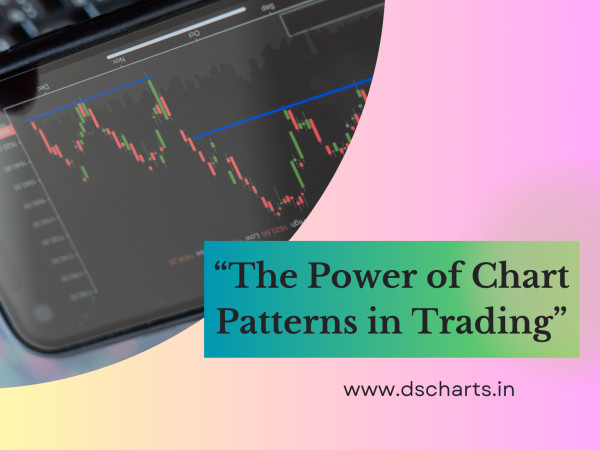Doji reversal patterns in a daily time frame can signal potential changes in market direction. A Doji candlestick forms when a security's open and close prices are virtually equal, creating a cross or plus-sign shape. This pattern often indicates indecision in the market, and when found at key support or resistance levels, it can suggest a reversal in the prevailing trend. Here are some common types of Doji patterns and their implications:
Types of Doji Patterns
-
Standard Doji: This basic Doji has a small body located at the middle of the candle with long upper and lower shadows. It suggests indecision and potential reversal, especially when it appears after a strong trend.
-
Gravestone Doji: This Doji has a long upper shadow with little to no lower shadow, resembling a gravestone. It appears at the top of an uptrend and suggests a potential bearish reversal.
-
Dragonfly Doji: This Doji has a long lower shadow with little to no upper shadow, resembling a dragonfly. It appears at the bottom of a downtrend and suggests a potential bullish reversal.
-
Long-Legged Doji: This Doji has long upper and lower shadows with a small body. It indicates extreme indecision and can be a sign of an upcoming reversal or significant move.
How to Interpret Doji Patterns
-
Location in Trend: The effectiveness of a Doji pattern largely depends on its location within the existing trend. In an uptrend, a Doji can signal a potential top, while in a downtrend, it can signal a potential bottom.
-
Confirmation: It's important to wait for confirmation before acting on a Doji signal. This confirmation can come in the form of the next candlestick closing in the opposite direction of the prior trend.
-
Volume: Higher volume on the Doji day can add significance to the pattern, indicating a strong potential reversal.
-
Other Indicators: Combining Doji patterns with other technical indicators (such as RSI, MACD, or moving averages) can enhance their reliability.
Examples
-
Bullish Reversal: After a prolonged downtrend, a Dragonfly Doji forms, followed by a bullish candlestick. This suggests the downtrend may be reversing.
-
Bearish Reversal: After a strong uptrend, a Gravestone Doji appears, followed by a bearish candlestick. This indicates the uptrend may be coming to an end.
Conclusion
Doji reversal patterns are powerful tools in technical analysis, especially on a daily time frame. They indicate potential changes in market sentiment, but should always be used in conjunction with other indicators and market context for confirmation.






